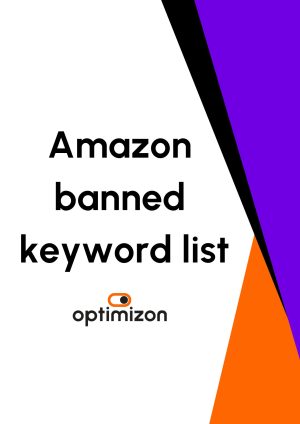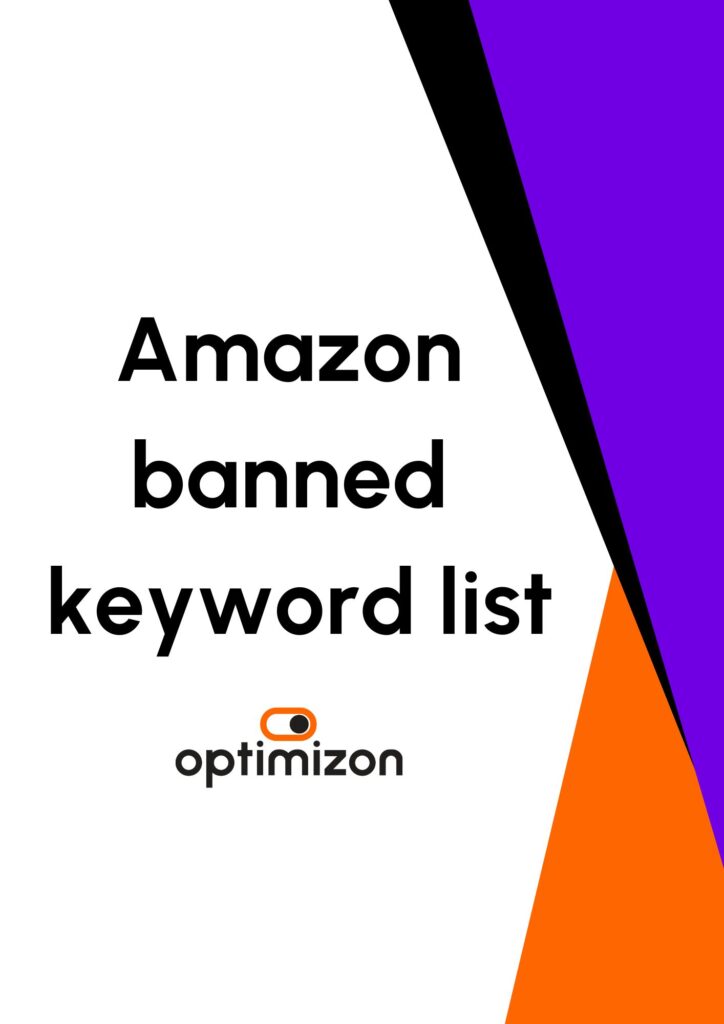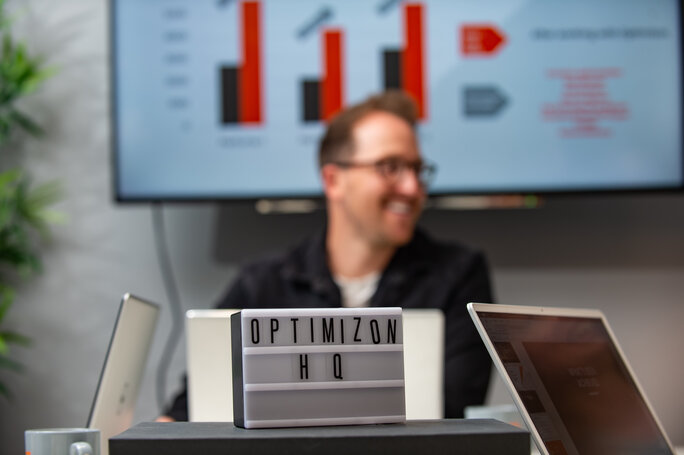Amazon Prime Day is a highly anticipated annual shopping event exclusively for Amazon Prime members, offering huge discounts on a wide range of products. To truly make the most of your advertising on Prime Day, it’s crucial to prepare thoroughly.
Let’s run through everything you should be aware of when preparing your advertising strategies for one of the biggest sales events of the year.
Inventory Management
First things first, you need to ensure you have enough stock to meet the anticipated surge in demand. Running out of stock means missing out on sales — it’s that simple. Inbound inventory for Amazon Prime Day should arrive by June 20.
Here’s what you can do:
- Use inventory management software to keep track of your stock levels.
- Order extra inventory well in advance.
- Coordinate with your supply chain to ensure timely delivery.
If you can, ensure your stock is stored in an Amazon fulfilment centre to keep your offers Prime-eligible throughout the promotion and analyse past Prime Day sales data to estimate the increase in demand so you can plan your inventory accordingly. Balancing between too much and too little inventory is crucial due to Amazon’s storage fees and low-inventory penalties.
Listing Optimisation
Take the time to review and optimise your Amazon listings. Well-optimised listings that are ‘Retail Ready’ convert better, giving you a higher return on your ad spend. Focus on:
- Clear and Concise Titles: Make sure your product titles are easy to read and include important keywords.
- Detailed Descriptions and Bullet Points: Use keyword-rich descriptions and bullet points to clearly convey the product’s features and benefits.
- High-Quality Images and Videos: Showcase your product with professional images and videos to catch the shopper’s eye.
Price Testing
Price is a major factor in conversion rates on Prime Day so you should consider spending some time testing different price points to find what works best for your products. Remember:
- It’s not always the lowest price that wins. Sometimes positioning your product as a premium option can result in better conversions and higher profits.
- Consider running A/B tests to find the optimal pricing strategy before the big day to know which is a good base for your product.
- People are looking for the best deal over the Prime Day period, so leaving your products without any kind of promotional will lead to little conversions.
Promotion Preparation
Selecting the right products to promote is crucial as not every product is a good candidate for Prime Day deals. Focus on:
- Top-selling products with high search volume.
- Items with high profit margins and plenty of 5-star reviews.
Now that we have covered what you need to know before setting up your advertising campaigns, lets jump into how to maximise your visibility on Prime Day.
Leverage the Ads Platform
Amazon’s advertising platform is a powerful tool to enhance your product’s visibility. You should consider utilising Sponsored Products, Sponsored Brands, and Sponsored Display ads to drive traffic to your listings. Here’s how to make the most of it:
- Target the Right Keywords: Ensure your ads are targeting relevant and high-performing keywords.
- Adjust Your Bids: Regularly monitor and adjust your bids to stay competitive.
- Avoid Running Out of Budget: Check your campaigns throughout the day to ensure they remain active.
- Use Day Parting: Schedule your ads to run later in the day when your competitors’ budgets may be depleted, resulting in cheaper clicks for you.
- Create Prime Day-Specific Video Ads: Highlight your deals with tailored video creatives for Prime Day.
Utilise Lightning Deals, Best Deals, and Other Promotions
Promotions are the best way to increase visibility and drive sales during this period. Consider these options:
- Lightning Deals: Time-limited promotions that can create urgency and boost sales. Choose popular products and set competitive prices.
- Promote Your Deals: Use social media and other marketing channels to spread the word about your Prime Day offers.
Key Metrics to Track for Prime Day Success
To ensure your Prime Day advertising campaigns are effective, it’s crucial to monitor specific key metrics. These metrics will provide valuable insights into your campaign performance and highlight areas for improvement. Here are the essential metrics to track:
- Click-Through Rate (CTR): Measures how often people click on your ad after seeing it. A higher CTR indicates that your ad is engaging and relevant to your audience.
- Conversion Rate: Indicates the percentage of clicks that result in a purchase. A higher conversion rate means your ad is successfully driving sales.
- Return on Ad Spend (ROAS): Calculates the revenue generated for every dollar spent on advertising. This metric helps you understand the profitability of your ad campaigns as a whole.
- Cost Per Click (CPC): Shows the average cost you pay each time someone clicks on your ad. Lower CPCs can indicate a more cost-effective campaign.
- Cost Per Acquisition (CPA): Measures the average cost to acquire a customer through your ad. Keeping CPA low is essential for maintaining profitability.
Once Prime Day is over, conducting a thorough analysis of your advertising performance is essential. This post-event evaluation should include a detailed review of the key metrics mentioned above and an overall assessment of your campaign strategy. Consider the following questions during your analysis:
- Did Your Campaigns Meet Your Goals? Assess whether your campaigns achieved the performance targets you set before Prime Day.
- Were There Any Unexpected Results or Trends? Identify any surprising outcomes or patterns that emerged during the event.
- Did You Effectively Target Your Desired Audience? Evaluate how well your ads reached and resonated with your intended audience.
- Were Your Ad Creatives Engaging and Effective? Review the performance of your ad creatives to determine their impact on your campaign success.
By answering these questions and analysing your advertising performance in detail, you can pinpoint areas for improvement and refine your strategies for future events. This comprehensive evaluation will help you enhance your ad campaigns and achieve better results in upcoming sales events.
Post-Prime Day Strategy
Turning Prime Day shoppers into repeat customers is vital. Plan to follow up with these customers through:
- Follow-up emails and requests for reviews.
- Retargeting shoppers with Sponsored Display ads and DSP advertising.
But don’t forget about maximising the ‘Prime Day Halo Effect’:
Sales often continue to rise for 7-14 days after Prime Day, a phenomenon known as the ‘Halo Effect’. To leverage this:
- Continue promoting successful Prime Day offers to maintain sales momentum.
- Use Brand Tailored Promotions to reengage with shoppers who visited your product page but didn’t purchase.
Preparation is the key to maximising your success on Amazon Prime Day. By managing your inventory, optimising listings, testing prices, preparing promotions, and planning for both the day and the aftermath, you can turn Prime Day into a major sales event for your business. Good luck, and happy selling!





